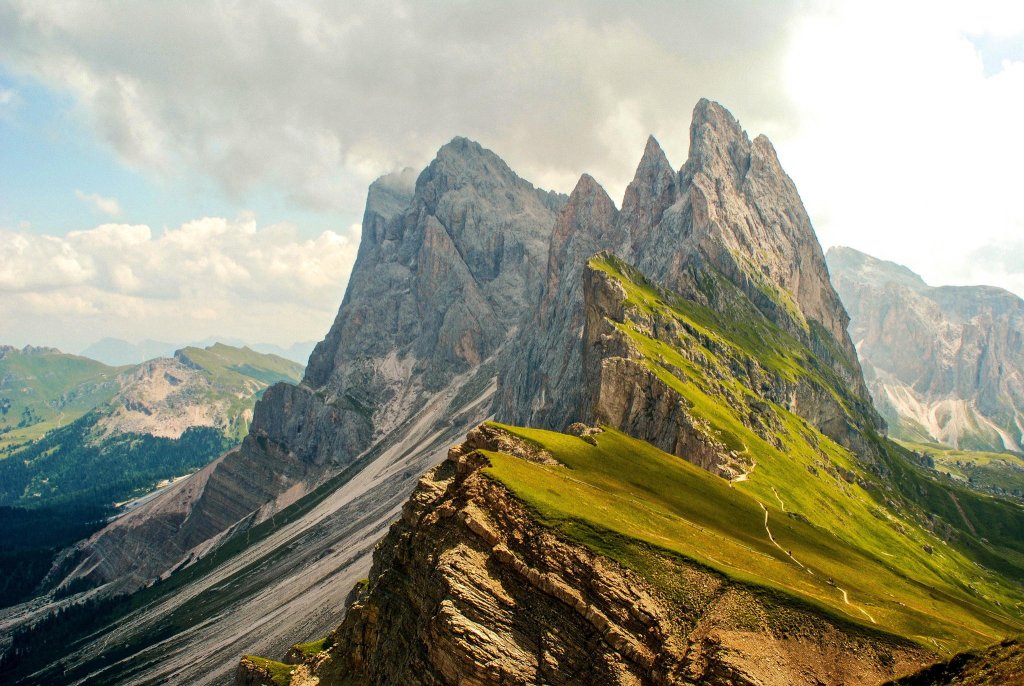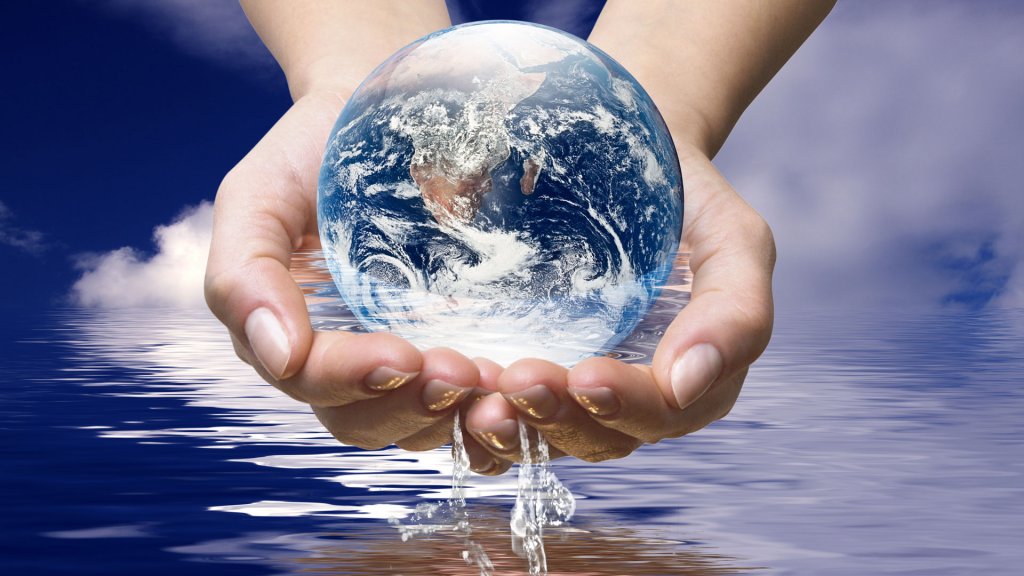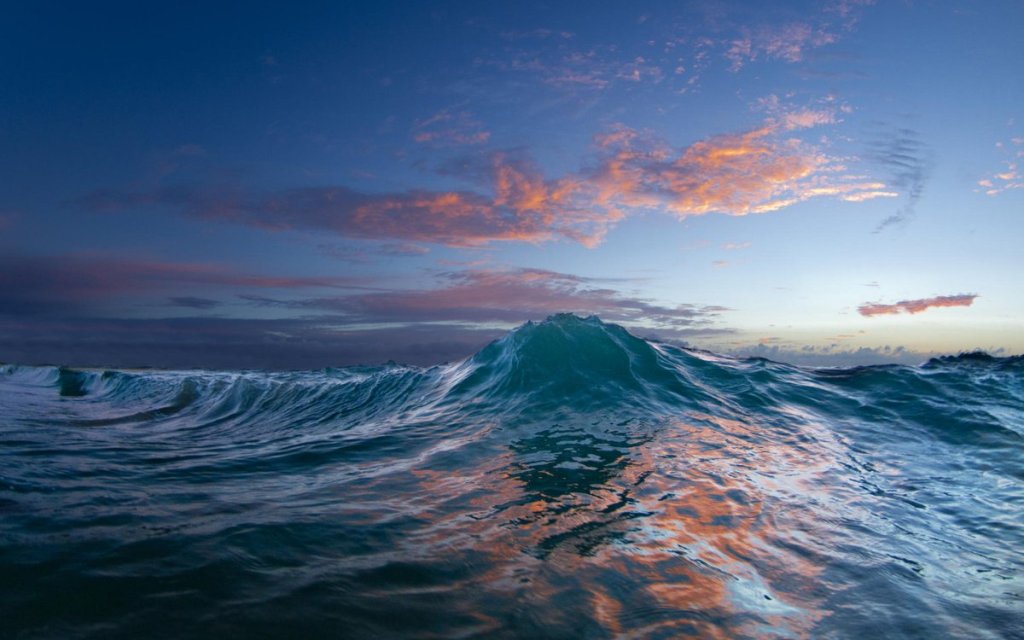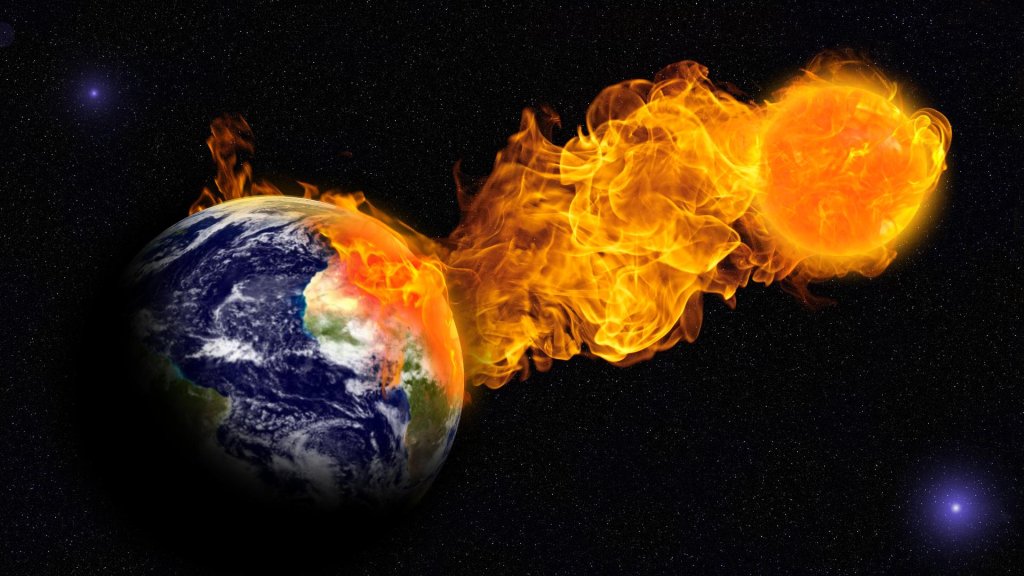This planet, which is a little more than 4.5 billion years old, appears as a pale, blue dot in our solar system. Under this small image of his, he hosted countless lives and events. The history of the world is based on a much older history than thought. During this period, many extraordinary events have taken place and continue to take place. Get ready for the interesting facts you will hear about the world!
- Compared to the age of the Earth, flowers are a very new species

One of the living things that comes to mind when we think of the world is a flower. The age of this beauty identified with the world is actually only 162 million. Scientists have found a flower fossil that is about 162 million years old. A specimen older than this fossil has not yet been found. This shows that when compared to the age of the Earth, flowers are actually a much newer species.
- The world is relatively smoother compared to a billiard ball

You may find it difficult to understand this situation at first, but it’s actually the truth. A billiard ball should not contain more than 0.127 mm of pits or bumps. Given the size of the billiard ball of 5.715 cm, the maximum roughness area should not exceed 0.127 mm. Think of Mount Everest, the highest area in the world, and the Mariana Trench, the deepest area. Despite this, you may ask how the world can be smooth from a billiard ball.
The answer is actually hidden in the size of the world. Despite Everest and Mariana, when the dimensions of our Earth are taken into account, it actually has a fairly smooth structure. Moreover, it is more successful than a billiard ball. Despite this, it does not look like a billiard ball due to the effect of centrifugal force.
- The highest mountain on the planet varies depending on where you measure it

No doubt everyone thinks why we question the reputation of Mount Everest as the highest mountain. There are several factors that cause this. These factors are based on a very scientific basis. When calculated from under the sea, Mount Mauna Kea, located in Hawaii, is actually the highest mountain in the world. The fact that a serious part of this mountain has been flooded has caused the reputation of this mountain not to be heard much.
Another scientific perspective takes us to the Equator, to Mount Chimborazo. As we all know, the Earth swells at the Equator. If we do a calculation based on the earth’s core, things really change. Mount Chimborazo, when calculated from the center of the Earth, can stretch farther than the summit of Everest. So much so that there is a difference of 2072.64 meters.
- Earth was home to huge insects 300 million years ago due to high oxygen
The Earth was in a period called the Carboniferous 300 years ago. At that time, plant life and diversity were higher than they are today. The most important condition that caused this condition was the oxygen level. During the Carboniferous period, the oxygen level, which was higher than ever before in history, caused some interesting situations. The most interesting of these situations took place on the side of insects. Due to the abundance of oxygen, insects had a chance to evolve and grow faster. Think scorpions the size of a dog, caterpillars the size of an anaconda, and dragonfly insects the size of an eagle. about 300 million years ago, the situation was more or less like this.
- The water on Earth is much older than the Sun

Although it sounds crazy, this is really the case. Stars are made up of huge clouds of dust and gas containing water in the form of ice. The elements transported from these dust and gas clouds were able to navigate in a waste and free state in space long before the birth of our Sun. In the processes following the formation stages of the Earth, it was possible for water to come to our planet with the help of a meteor. Although the age of our planet and the earth’s history are older than the Sun, the water it contains dates back to a much older time than it.
- The oceans were formed thanks to millions of years of rains

The Earth was home to quite harsh conditions in the first period when it began to form. The surface was so hot that most of the elements present on the surface were above boiling point. in an atmosphere hovering above 212 degrees, water remained on Earth as a gas. It intensified with the cooling of the Earth over time, 3.8 billion years ago. The rains that started with condensation caused the formation of today’s oceans. It took several million years of precipitation for the oceans to get the meaning we know.
- There have been five mass extinctions in the history of the Earth

Four different mass extinction events took place before the event that brought the end of the dinosaurs. The most severe of these, the Decadent one, wiped out 96% of all living species from the face of the earth. All life forms that survive today are descended from the remaining 4% of the last mass extinction. These five mass extinction events caused serious disasters on earth. The most familiar example that can be given to these disasters is the extinction of the dinosaurs.
- Oceans produce a very significant part of the oxygen on Earth
When we talk about oxygen production, most people think of forests. The knowledge that forests, therefore trees, produce oxygen is correct. Despite this, the highest share of oxygen production belongs to the oceans. How this happens is hidden in the depths of the ocean. Phytoplankton is a plant species located in the depths of the ocean. This plant species is an example of the Prochlorococcus species, which is the smallest photosynthesizing microorganism in the world. Phytoplankton alone accounts for 20% of the oxygen contained in the entire biosphere. Thus, we are faced with a rather ambitious rate compared to other sources that provide oxygen production in the world.
- The most violent sound recorded on Earth was the Krakatau explosion, which took place in 1883
The loudest event recorded in world history was the eruption of the Krakatau volcano in Indonesia in 1883. This sound was so loud that after the explosion, the eardrums of people within 65 km were torn. The shock wave of the explosion traveled around the world four times and was heard by everyone who was within 5000 km. Thus, the most violent sound recorded on our planet went down in history as the Krakatau explosion.
0 Comments